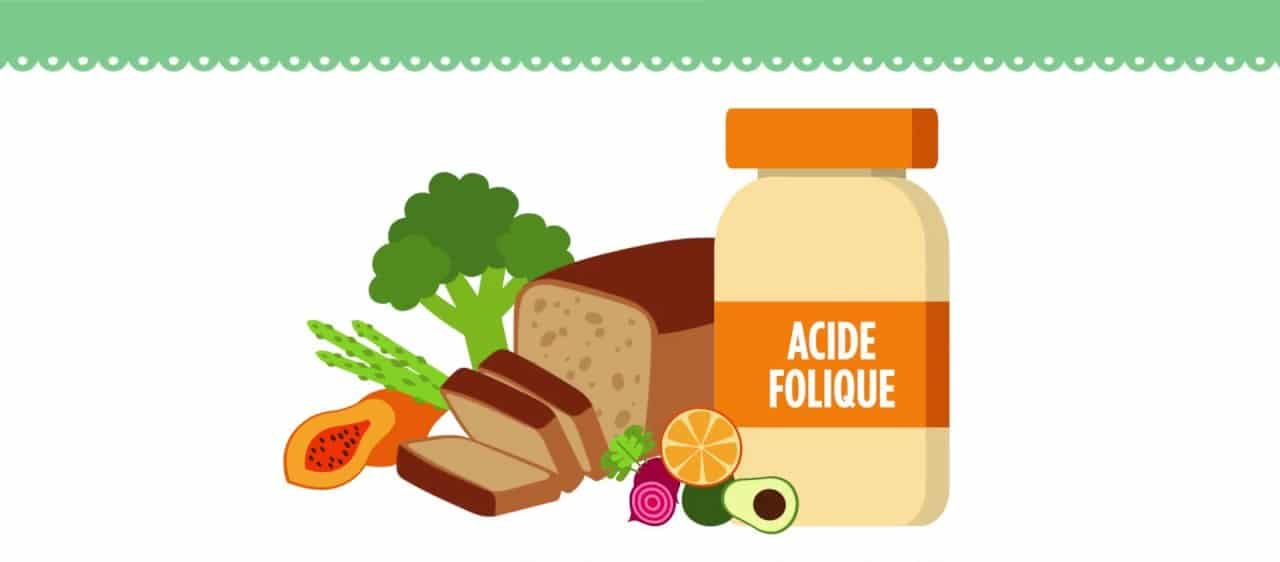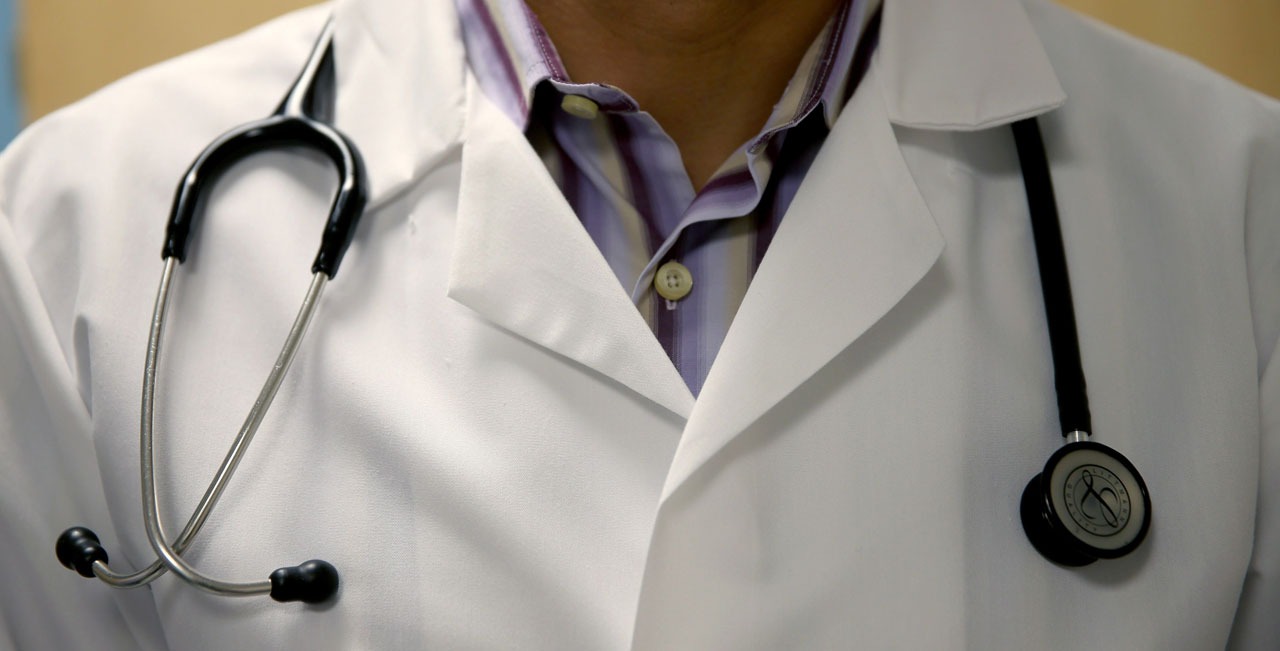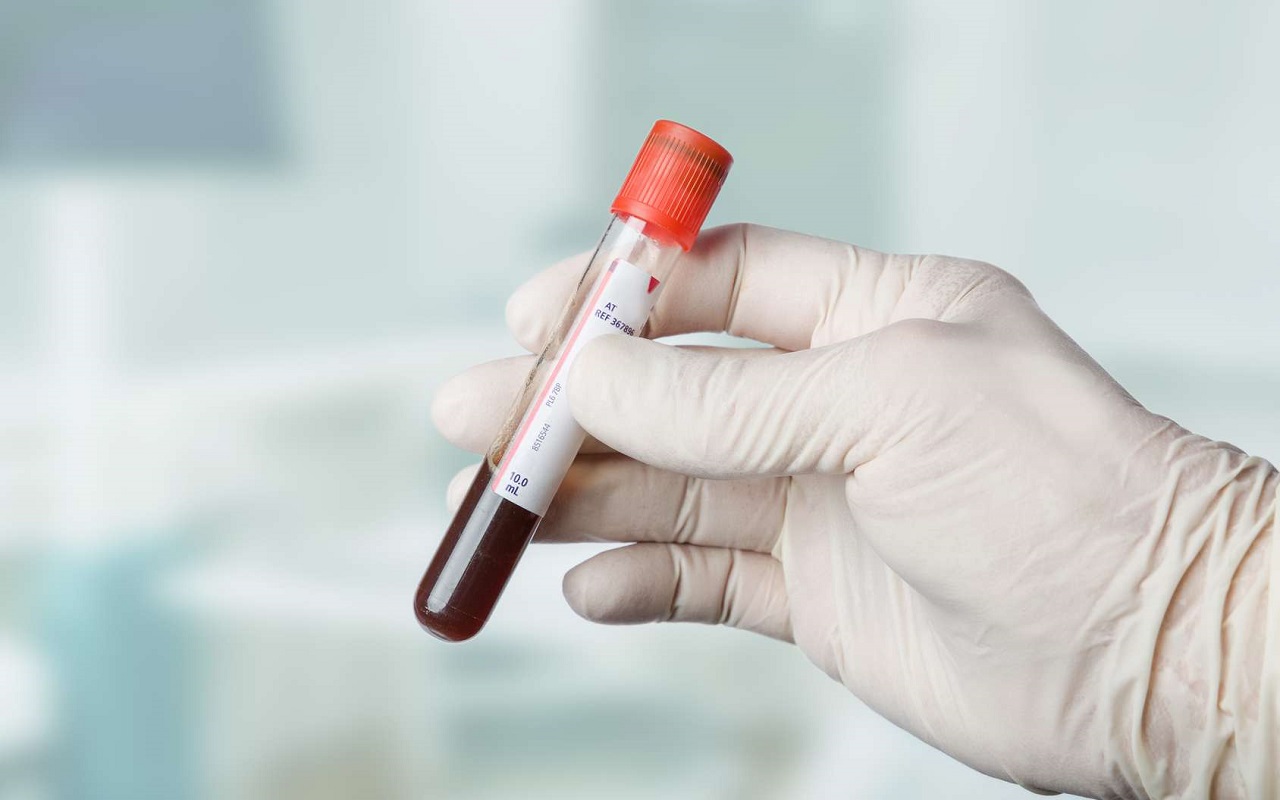[Article updated on 19/09/2023]
A folic acid deficiency indicates an insufficient intake of this element also known as vitamin B9 and folate. This anomaly prevents the body from being healthy since it cannot find the nutrients necessary to function well. This problem is common. It is due to an unbalanced diet or an increase in needs. Regardless of the reason, it is important to identify the symptoms to determine whether treatment is necessary or not.
Focus on folic acid
Description of folic acid
Folic acid, folate, and vitamin B9 indicate the same nutrient, including a water-soluble vitamin. It plays a vital function in the body, in this case in the metabolic mechanism.

Folic acid performs different roles, namely:
- During the growth of the embryo: the nutrient participates in the growth of genetic information and in the synthesis of the nervous system of the fetus;
- During cell regeneration: folate ensures the development of blood cells in the bone marrow;
- During the production of red and white blood cells: a good progress of the process prevents anemia;
- During menopause: folic acid soothes the symptoms of menopause by combining with trace elements. For example, sufficient nutrient intake relieves hot flashes.
Source foods
Different kinds of foods are sources of folic acid. You will find it in large quantities in beef, pork and poultry livers. Leafy green vegetables are also rich in it, especially salads and spinach. I present to you a list of foods that are interesting to consider to prevent folic acid deficiency. The vitamin B9 contents correspond to 100 g of food:
- Brewer’s yeast: 2500 µg;
- Chicken liver pâté: 320 mcg;
- Chives, mint, parsley: between 110 to 198 mcg;
- Melon: 98 mcg;
- Spinach: 175 mcg;
- Cooked broccoli, Brussels sprouts: between 102 to 110 mcg;
- Dandelion: 191 mcg;
- Saint Marcellin: 133 µg;
- Cod liver: 263 µg;
- Lamb, heifer or calf liver: between 155 to 330 µg;
- Almond, pistachio, walnut, hazelnut, peanut: between 93 to 198 µg;
- Enriched cereals (breakfast): between 118 to 333 µg;
- Raw soybean germ: 105 µg;
- Hard-boiled egg: 106 mcg;
- Goat cheese: between 80 to 100 µg.

Recommended daily intake
Referring to the recommended daily intake is one of the best ways to consume folic acid, to avoid excess leading to an overdose.
Find out how much folic acid per day you need to consume, depending on your age:
- Baby from 0 to 6 months: 65 mcg;
- Baby from 7 to 12 months: 80 mcg;
- Baby from 1 to 3 years old 150 mcg;
- Child 4 to 8 years old: 200 mcg;
- Child 9 to 13 years old: 300 mcg;
- Men and women from 14 years old: 400 mcg;
- Pregnant woman: 600 mcg;
- Breastfeeding woman: 500 mcg.
Medical recommendations
Here are situations in which taking folic acid is recommended by doctors:
- Pregnancy: Pregnant women are advised to take a 400 mg folic acid supplement for 2 months before pregnancy and 1 month after conception. This is to avoid malfunction of the fetal neural tube;
- Prevention of cardiovascular disorders: a lack of vitamin B9 and B12 leads to excessive production of homocysteine, an element associated with risks of cardiovascular diseases;
- Overcoming a folic acid deficiency: it is essential to fight against the symptoms linked to the deficiency;
- Help for seniors to maintain their intellectual faculties: the loss of intellectual faculties in older people can result from a drop in folate.

Folic acid deficiency
Causes
Folic acid is present in many foods. A varied diet helps prevent a deficiency. Metabolism and lifestyle can be at the origin of the problem.
Here is a non-exhaustive list of reasons for a lack of folic acid:
- An absorption problem: age, liver disorders and gastrointestinal diseases causing celiac disease or chronic diarrhea prevent correct absorption of folic acid. Medications such as anticonvulsants can also be the source of the problem.
- An increase in needs: lymphomas, leukemia and/or carcinomas lead to an increase in needs for vitamin B9.
- A restrictive diet: people who suffer from phenylketonuria are subject to a diet based on foods low in folate.
- A diet based on goat’s milk: Infants fed goat’s milk may have a folic acid deficiency. The nutrient is absent.
- Pregnancy and/or breastfeeding: the need for folate increases considerably in pregnant/lactating women. Their body needs it to develop new tissues in the mother and fetus.
- Age: seniors over 65 have difficulty assimilating folate in their diet due to changes in their gastrointestinal system.
- Smoking and alcohol: the latter affects the liver. It is no longer able to store folate. They are then passed out in the urine. This situation causes the body to increase its demand for vitamin B9.
Symptoms
Here are signs that you may be deficient in folate:
- Difficulty staying focused;
- Decrease in energy;
- Weakness ;
- Headache ;
- Irritability;
- Heart palpitations ;
- Shortness of breath;
- Change in skin tone, condition of hair and nails;
- Tongue injury.
Concerning people exposed to a lack of folic acid, here they are:
- Pregnant women ;
- Individuals dependent on alcohol;
- Individuals of childbearing age;
- Victims of polymorphism;
- People with conditions that prevent them from absorbing nutrients, including celiac disease.

Treatment
Mild folate deficiency is easy to treat. Simply adopt a new diet consisting of foods rich in folate. This option is for example possible if the problem is caused by age or poor diet. Medication is necessary if the deficiency is due to liver dysfunction. A specific treatment will be the doctor’s choice to overcome nutrient malabsorption. A serious deficiency is more difficult to treat, since it can lead to megaloblastic anemia. In this case, you will need to take folic acid supplements. A simple change in diet is insufficient in this situation.
Here are the specialists who can help you if you suffer from folate deficiency:
- A dietitian: this professional specializes in nutrition and diet;
- A hematologist: he is a doctor specializing in blood diseases and disorders;
- A gastroenterologist: he is an expert in esophagus problems and diseases of the stomach, rectum, small intestine and even the gallbladder.
Precautions and dosage
The risks of overdosing with folic acid are low since the nutrient is soluble in water. However, be careful not to exceed 5 mg/day, to avoid gastrointestinal problems and/or sleep disorders. Folates are incompatible with categories of medications, particularly those used in the treatment of cancer. Ask a doctor before starting to take vitamin B9.
Diagnostic
A doctor asks his patient to do a blood test to determine his blood folate level. If the result indicates a level below 2.5 ng/ml then a deficiency is possible.

Note that the normal folate level is between 2.5 ng/ml to 20 ng/ml.
The doctor can also subject his patient to other tests, namely that of:
- Serum methylmalonic acid
- Serum homocysteine
- Folic acid in red blood cells.
